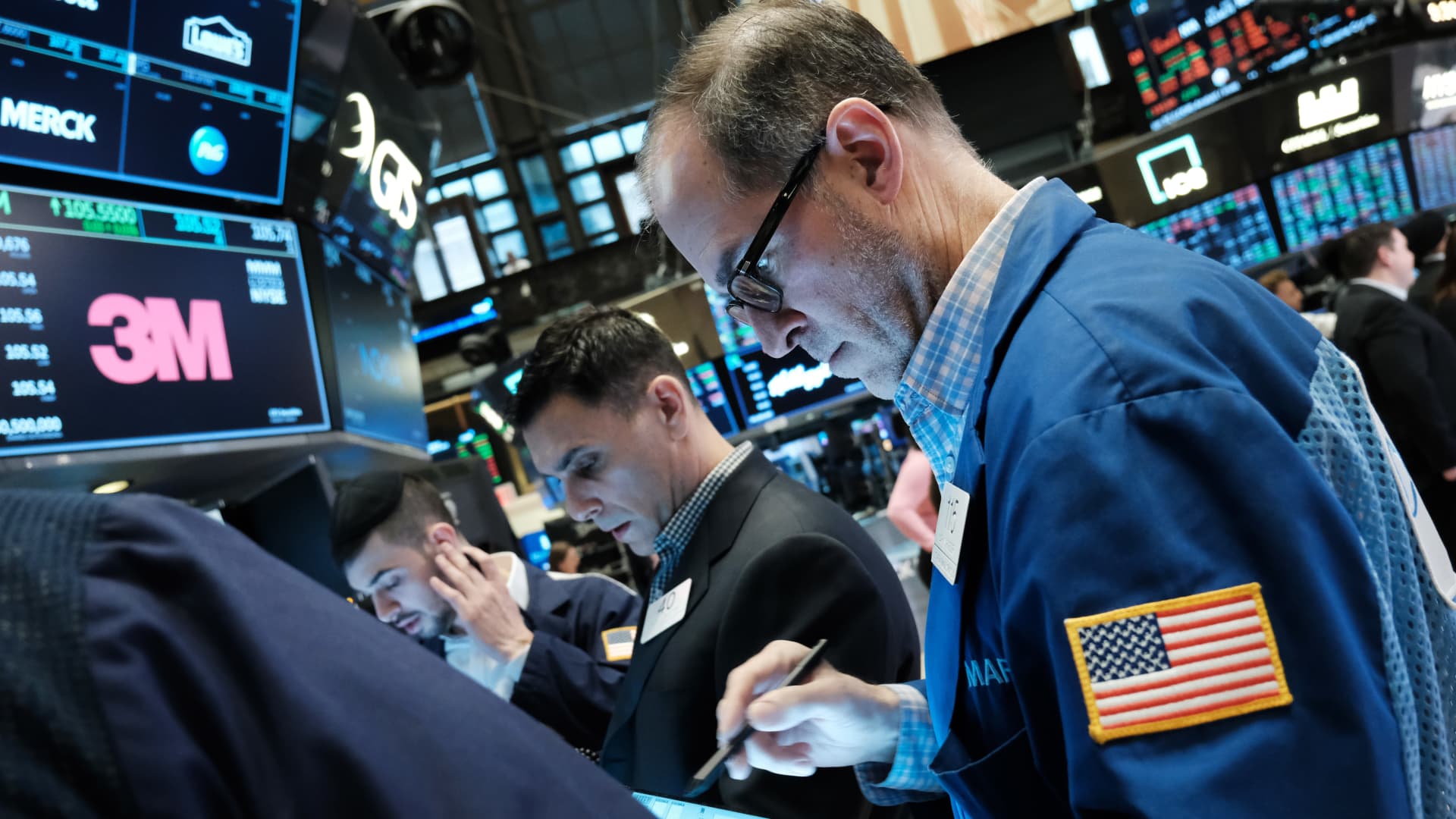rinwengi.blogspot.com

Adblock test (Why?)
"stock" - Google News
March 11, 2023 at 09:07PM
https://ift.tt/dFh6c4p
Run on Silicon Valley Bank injects some panic into an already slumping stock market - CNBC
"stock" - Google News
https://ift.tt/UFXgiuM
https://ift.tt/jfVtwYo
Bagikan Berita Ini


0 Response to "Run on Silicon Valley Bank injects some panic into an already slumping stock market - CNBC"
Post a Comment